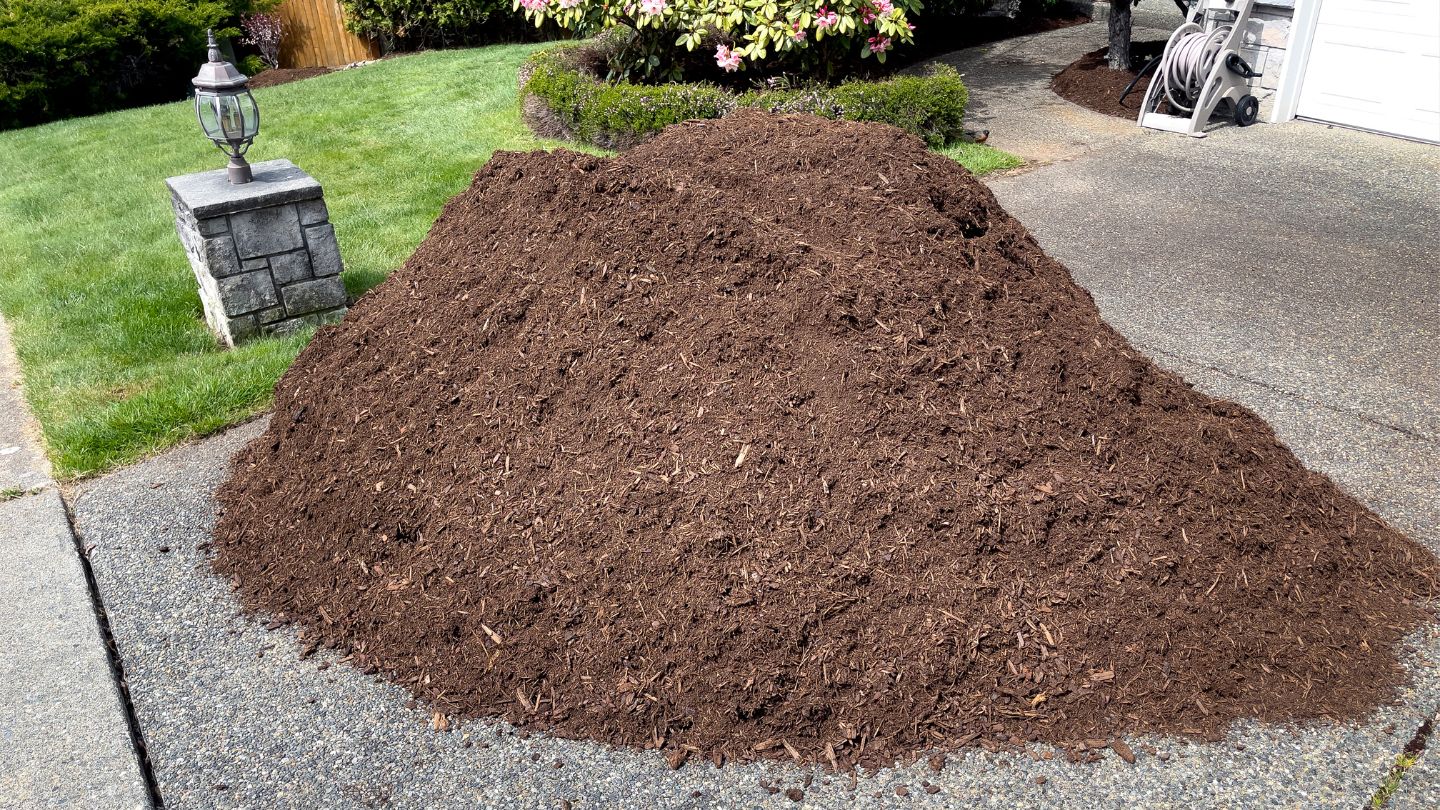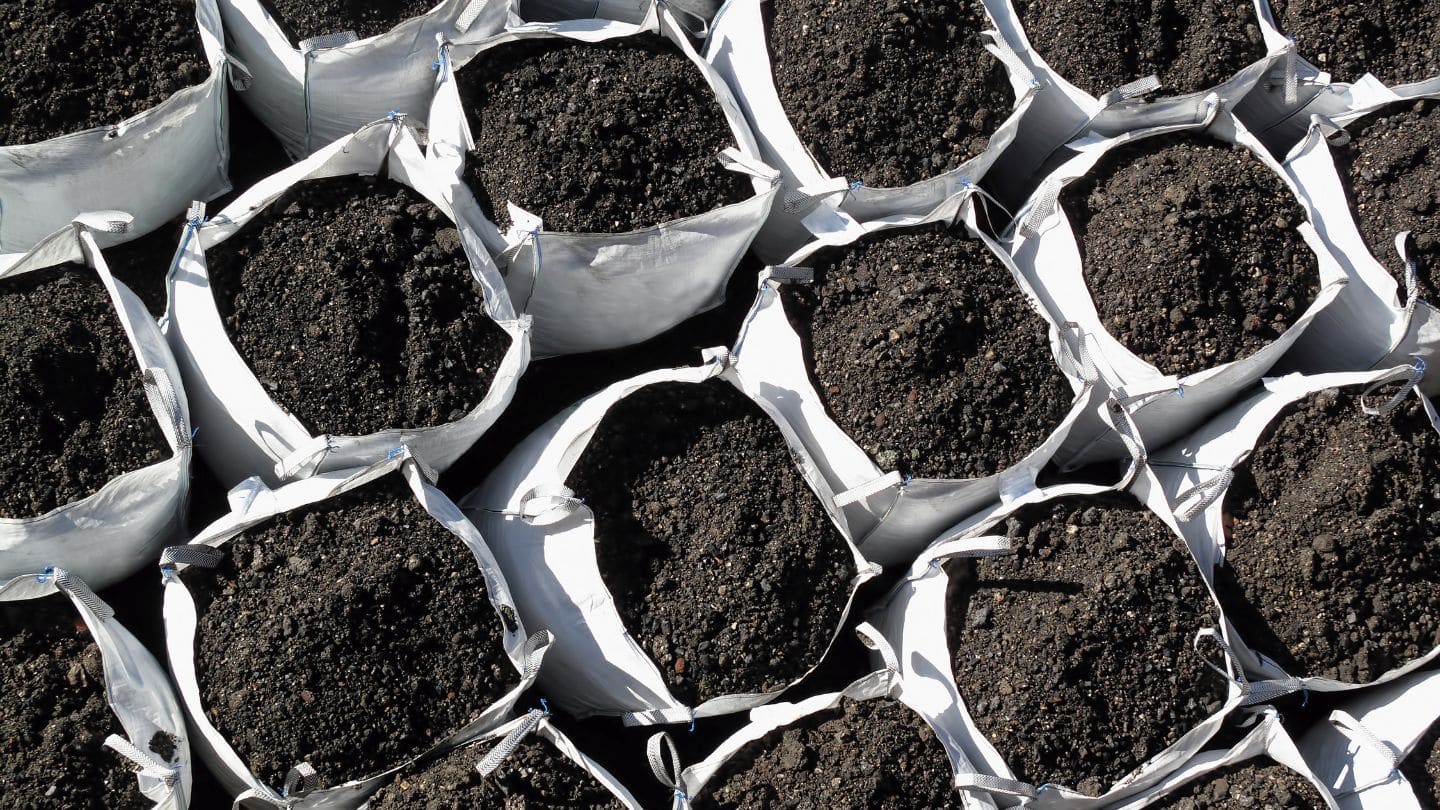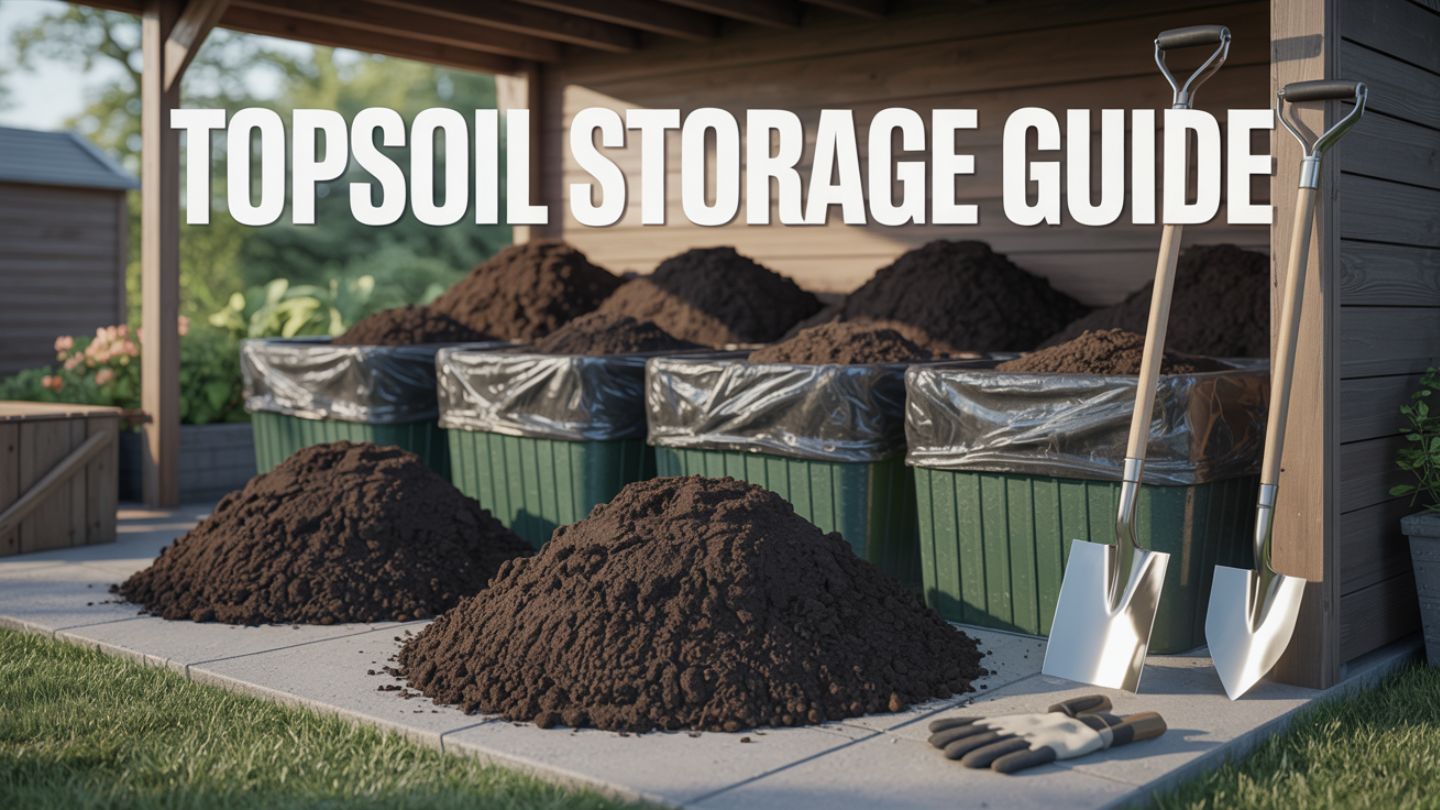Topsoil is the foundation of any healthy garden, landscaping project, or construction site. It contains the essential nutrients, microorganisms, and organic matter that support strong root growth and long-term soil fertility. But when topsoil isn’t immediately used, improper handling can lead to compaction, nutrient loss, and contamination. Knowing the best way to store soil ensures that it retains its quality and productivity for future use.
This comprehensive guide breaks down how to store topsoil, maintain its structure, and extend its lifespan; whether you’re storing it for a few weeks or several months.
Why Proper Topsoil Preservation Matters
Topsoil preservation isn’t just about saving materials; it’s about protecting the natural ecosystem beneath your plants. When soil is mishandled or exposed to extreme weather, its biological health deteriorates. Valuable microorganisms die, structure collapses, and nutrient balance is disrupted.
Practicing top soil preservation keeps the soil alive and ready for reapplication. Well-preserved soil improves water retention, reduces runoff, and sustains plant growth without additional chemical fertilizers. Whether you’re a landscaper, gardener, or contractor, understanding the science behind topsoil storage can save time, resources, and money in the long run. This is especially true when comparing soil types through garden soil vs topsoil to ensure you preserve the right kind for future use.
Preparing Topsoil for Storage
Before storing topsoil, proper preparation is key to maintaining its integrity and microbial activity.
Remove Debris and Clumps
Begin by screening the soil to eliminate rocks, roots, and large debris. These materials can trap moisture unevenly, causing decay or pest infestations.
Adjust Moisture Levels
Topsoil should be slightly moist before storage; not soaking wet or bone dry. Moisture aids microbial survival, but excess water can lead to mold or anaerobic conditions. Test by squeezing a handful: it should clump lightly without dripping.
Salvage Organic Matter
If the soil contains leaves or decomposed plant material, incorporate it back into the mix. These organic components improve nutrient retention during storage and maintain soil vitality.
This step-by-step preparation process is essential for anyone learning how to store top soil effectively without compromising fertility. Understanding the differences between available soil grades, as outlined in navigating the world of topsoil, also helps ensure that the soil you’re storing matches your landscaping or gardening goals.
Choosing the Right Storage Location
Where you store soil determines how well it maintains structure and quality.
Indoor Storage
For small-scale gardening or screened topsoil, indoor spaces such as sheds or garages offer controlled environments. They protect the soil from rain, sunlight, and pests.
Keep bags or containers elevated on wooden pallets to prevent ground moisture absorption. Ventilation is also critical; airflow keeps the soil aerated and prevents mold growth.
Outdoor Storage
Outdoor top soil storage requires more planning. Choose a flat, well-drained area away from direct sunlight and water runoff. Avoid storing soil at the bottom of slopes or near drainage lines to prevent erosion or nutrient leaching.
Cover the pile with breathable tarps or heavy-duty landscaping fabric. Avoid sealing it tightly; trapped moisture can suffocate microbes and cause souring.
How to Store Topsoil Safely

Storing topsoil properly extends its usability and preserves its natural composition. Here’s how to store topsoil effectively for different durations.
Short-Term Storage (Up to 3 Months)
If you plan to reuse the soil soon, keep it in loose piles no more than three feet high. This minimizes compaction and allows internal aeration. Cover the pile lightly with a tarp to shield against rain and sunlight while maintaining airflow.
Long-Term Storage (3–12 Months)
For extended storage, create a stable base using gravel or wooden planks to prevent contact with wet ground. Form conical piles to promote drainage and wrap the soil with semi-permeable coverings.
Occasionally rotate or turn the piles every few months to maintain oxygen levels. This simple step is part of the best way to store soil, ensuring biological activity continues without excessive decomposition. When estimating your storage or replenishment needs, referring to how much topsoil do you need for a healthy landscape project can help determine proper soil quantities and layering before new applications.
Container or Bag Storage
For smaller quantities, sealed bins or heavy-duty bags are practical. However, ensure that containers aren’t airtight; soil needs limited airflow to remain alive. Label bags clearly with the soil type and storage date for easy identification later.
Preventing Soil Contamination and Degradation
When soil is stored improperly, contamination from chemicals, pests, or erosion can render it unusable.
- Keep Away from Chemicals: Store soil far from pesticides, fertilizers, and fuels to prevent cross-contamination.
- Avoid Direct Sunlight: UV rays can dry out and sterilize soil, killing beneficial organisms.
- Manage Weeds: If storing outdoors, monitor for invasive weeds sprouting from dormant seeds.
- Protect from Erosion: Install simple edging or silt barriers to keep stored soil intact during rainstorms.
Following these steps ensures that your topsoil storage remains nutrient-rich and free of pollutants when you’re ready to reuse it.
Monitoring and Maintaining Stored Topsoil

Proper maintenance keeps stored soil biologically active. Over time, even well-stored topsoil requires inspection and adjustment.
- Check Moisture Monthly: If the soil feels too dry, lightly mist with water. For excess moisture, uncover for a few hours to allow evaporation.
- Turn the Soil: Every few months, use a shovel to turn the soil pile. This introduces oxygen and prevents anaerobic bacteria from developing.
- Inspect for Odors: A sour or foul smell indicates rot; uncover the pile and let it air out.
- Monitor for Pests: Look for signs of burrowing insects or rodents and use natural deterrents to keep them away.
Consistent monitoring not only prevents spoilage but also extends how long can topsoil be stored without losing its quality.
Storing Topsoil Indoors vs Outdoors
Each storage method offers unique benefits depending on scale and climate.
- Indoor Storage: Best for small batches or screened soil that needs precise moisture control. Keeps the texture fine and free from contamination.
- Outdoor Storage: Suited for large-scale construction or landscaping projects requiring bulk soil retention. More affordable but needs careful covering and rotation.
Understanding when and how to apply each method helps achieve maximum preservation efficiency.
Moisture Management: The Key to Longevity
Moisture control is at the heart of top soil preservation. Too little moisture dries out beneficial microorganisms; too much encourages anaerobic conditions and rot.
Use breathable tarps instead of plastic sheets. If the soil starts forming hard clumps, break them apart and rework them with compost or sand to restore structure. Maintaining a moisture balance keeps microbial ecosystems thriving, preserving both nutrient content and soil fertility.
How Long Can Topsoil Be Stored?
In ideal conditions, how long can topsoil be stored depends on its handling and environment. When stored correctly; with moisture control, limited sunlight, and regular aeration; topsoil can maintain its quality for 12 to 18 months.
However, the longer it’s stored, the greater the risk of compaction and nutrient loss. Always check for soil texture and odor before reuse. If it smells earthy and crumbles easily, it’s still viable. If it’s hard, compacted, or musty, rejuvenate it by mixing in fresh compost or screened topsoil.
Sustainable Topsoil Storage Practices
For eco-conscious homeowners and contractors, sustainable top soil storage practices protect local environments while conserving resources.
- Reusing Containers: Store soil in reusable bins or bulk bags to reduce waste.
- Composting Excess Soil: Combine organic scraps with topsoil to create nutrient-dense compost.
- Erosion Control Barriers: Use biodegradable silt fences around soil piles.
- Local Sourcing: Choose nearby storage locations to minimize fuel consumption and emissions.
These strategies not only preserve your soil but also contribute to Alpharetta’s sustainability goals. Recognizing where to use stored material effectively becomes easier when considering difference between topsoil and fill dirt, which clarifies how each soil type supports distinct landscaping or construction purposes.
Preparing Topsoil for Future Use
When it’s time to reuse your stored topsoil, preparation is simple:
- Re-Aerate: Break up compacted clumps to restore airflow.
- Test Nutrients: Conduct a soil test for pH and nutrient levels.
- Mix with Compost: Blend organic matter to reintroduce microorganisms and improve fertility.
- Level and Apply: Use evenly across planting areas, ensuring proper drainage and depth.
Rejuvenating stored topsoil ensures you’re starting your next landscaping or gardening project with nutrient-rich material ready to support robust growth.
Wrapping Up
Proper soil storage is more than just piling dirt; it’s a science of preservation. By following the best way to store soil, you protect valuable nutrients, maintain structure, and sustain biological activity for future use. Whether for small gardens or large-scale landscaping, taking the time to prepare, cover, and maintain your soil ensures long-lasting productivity.
Knowing how to store topsoil efficiently also minimizes waste and reduces environmental impact. From adjusting moisture levels to preventing contamination, these simple steps ensure your stored topsoil remains fertile and ready when you need it. For homeowners planning projects or seeking reliable topsoil delivery in Milton, partnering with a trusted supplier ensures consistent quality, timely service, and expert guidance for every landscaping need.
Frequently Asked Questions
What is the best way to store soil long-term?
The best way to store soil long-term is to keep it in a cool, dry location away from direct sunlight and rain. Use breathable covers such as tarps or landscaping fabric to prevent moisture buildup while maintaining airflow. Turning the soil every few months helps preserve structure and microbial health.
How long can topsoil be stored before it loses quality?
Topsoil can typically be stored for up to 12 to 18 months if properly maintained. Regularly check moisture levels, turn the pile for aeration, and prevent contamination from chemicals or weeds. If stored too long without attention, it may compact and lose some of its nutrient value.
Should topsoil be stored indoors or outdoors?
Both methods work depending on the quantity and climate. Indoor storage, such as in sheds or garages, protects small batches from weather damage. Outdoor storage is better for large volumes but requires proper covering, drainage control, and periodic turning to prevent erosion and compaction.
How do I prevent mold or pests in stored topsoil?
Keep soil moisture balanced and use breathable covers to allow airflow. Avoid sealing containers completely. For outdoor piles, elevate the base to prevent standing water and use natural repellents to deter pests or rodents.
Can I reuse old topsoil after storage?
Yes, you can reuse stored topsoil by re-aerating it, testing for nutrients, and mixing in compost or organic matter to restore fertility. If it feels compacted or has an unpleasant odor, rejuvenate it before use. Properly stored topsoil can be just as effective as fresh soil for most gardening and landscaping projects.


